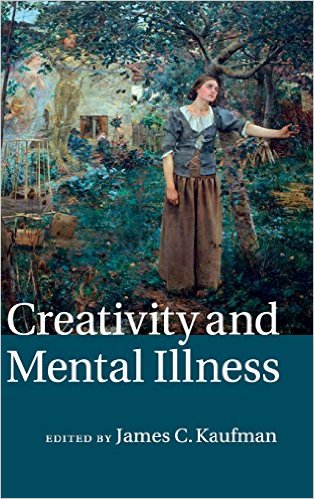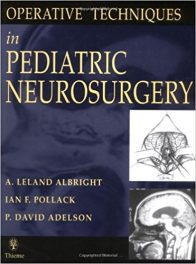Editor: James C. Kaufman
Publisher: Cambridge University Press – 414 pages
Book Review by: Sonu Chandiram
We have often heard the term ‘mad genius’ in describing unusually brilliant, highly creative or extremely talented people. They may be (or may have been) geniuses, but what type of mental illness are they (or were they) really suffering from? We know from history that some of these geniuses were psychopaths and even committed suicide, but exactly why did they take their lives, if they were admired and received a lot of adulation?
You will certainly find some answers in this rare type of book, but not all, as that is the nature of scientific inquiry. This book essentially explores the relationship between ‘mad’ and ‘genius’. In one of the core sections of this book – chapter 2 entitled The mad (creative) genius: what do we know after a century of historiometric research? the author Dean Keith Simonton provides some empirical data to consider.
The science of historiometry was first introduced on November 19, 1909 by a geneticist at the Massachusetts Institute of Technology named Frederick A. Woods, who described the new field as “the facts of history of a personal nature (that) have been subjected to statistical analysis by some more or less objective method.”
In an article (Simonton does not mention when/where it was published), Woods listed a dozen examples of historiometric inquiries that had appeared before the method had acquired a formal name. About two years later Woods asserted that historiometry was not just a science but an ‘exact science,’ and stated that his techniques were well suited for use in the scientific ‘psychology of genius’.
At the end of his chapter, Simonton writes:
”Highly creative people are distinguished by some of the same psychological variables as the mentally ill – such as cognitive disinhibition – that in isolation would make creators equally vulnerable. Yet the highly creative enjoy comparative strengths – such as superior intelligence – that convert a possible disability into an exceptional ability.”
He concludes: “Creative geniuses thus acquire the capacity to generate original combinations of ideas and to notice novelties in their environment that would be missed by more ‘normal minds’. To be sure, from time to time these vulnerabilities may spill over into overt psychopathology. An asset becomes a deficit – perhaps even resulting in yet another historic but tragic suicide. Yet if such is the ‘price of greatness,’ it may remain a good deal.”
Thirty-seven professors, practicing psychiatrists and psychologists, researchers, writers and students from the United States and seven other countries – Canada, Kuwait, Norway, Scotland, Spain, Switzerland, and the United Kingdom – contributed content for the six chapters of this unique work on the relationship between creativity and mental illness.
- Part I – Creativity and mental illness: the state of the field
- Part II – Cognitive and neurosceintific perspectives on creativity and mental illness
- Part III – Creativity and the spectrum of mental illness
- Part IV – Creativity and mental illness: possible commonalities
- Part V – Creativity and mental health
- Part VI – Creativity and mental illness: what now?
One of the most extensive historiometric studies to look at in this eye-opening work is the 1904 one by Ellis entitled A study of British genius that involved 1,030 men and women of “sufficient importance to have been honored with entries in a prestigious biographical dictionary,” as Simonton describes the test population.
The goal of Ellis was to find out what are the main distinguishing characteristics of these people of distinction, for example, childhood and educational experience, ethnicity, family and marriage, family pedigree, life expectancy, socioeconomic class, and various physical attributes.
He discovered that 8.3 percent of the men and women displayed melancholy, 6.6 percent showed pronounced, even pathological ‘shyness and timidity’ and 4.2 percent of his sampled geniuses exhibited insanity at some point in their lives. One shortcoming of this research project is that a large percentage of Ellis’ very heterogeneous sample could not be properly identified as creative geniuses.
This is a fascinating book on a relatively little-explored topic – the connection between madness and genius – and it is well worth looking at the findings from research studies and reading different interpretations of the results.
Editor:
James C. Kaufman is Professor of educational psychology in the Neag School of Education at the University of Connecticut.







